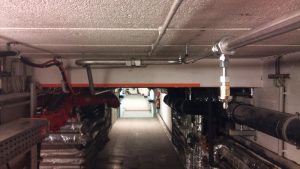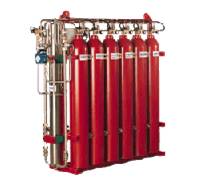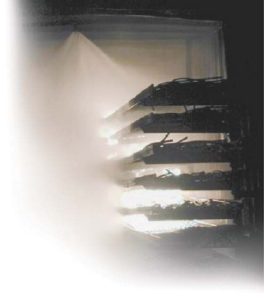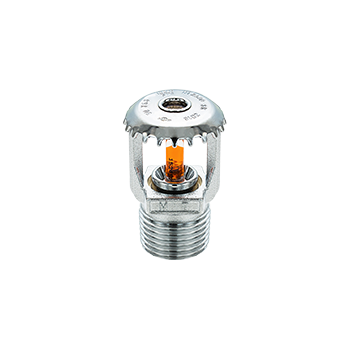
Cable tunnels are the lifelines of every industrial company. If these are destroyed by fire, entire areas of production could be out of action for long periods of time. These losses of production can threaten the existence of companies. If, for example, the blast furnace in a steel factory malfunctions and is subsequently destroyed, the costs resulting from this operational failure will be disproportionately higher than those costs resulting from direct fire damage.

The fire load in a cable tunnel is very high due to the wide range of different plastics used (cable insulation). If there is an electrical short-circuit, there will be a strong increase in temperature and an ignition of the plastics will then be unavoidable. Dry ambient air and a thick layer of dust on the cables then often lead to uncontrollable fires. The strong development of smoke from the burning cable insulation also makes it impossible for the fire brigade forces to attempt to extinguish the fire. For these reasons, most insurance companies insist on the installation of automatic extinguishing systems.
An efficient fire protection solution for cable tunnels may include:

- Temperature detection with the help of a heat detector cable in combination with a water mist system.
- The advantage of this technology is a rapid cooling down of the source of the fire and a leaching of the flue gases from the air. This therefore ensures adequate visibility. The fire brigade forces can then enter the tunnel and advance towards the source of the fire.



